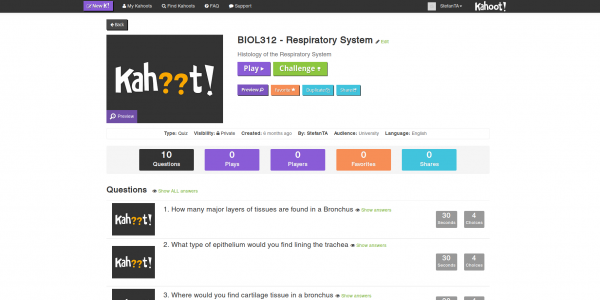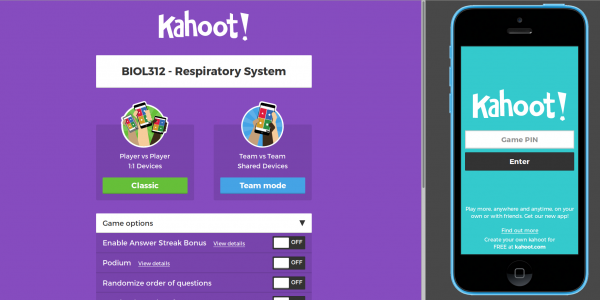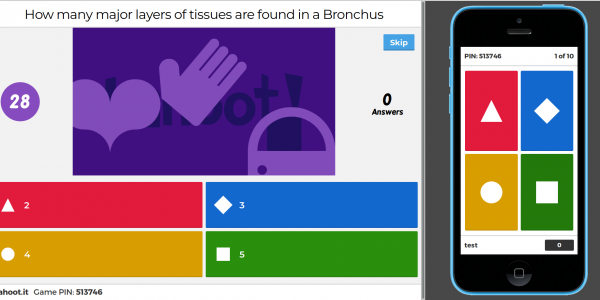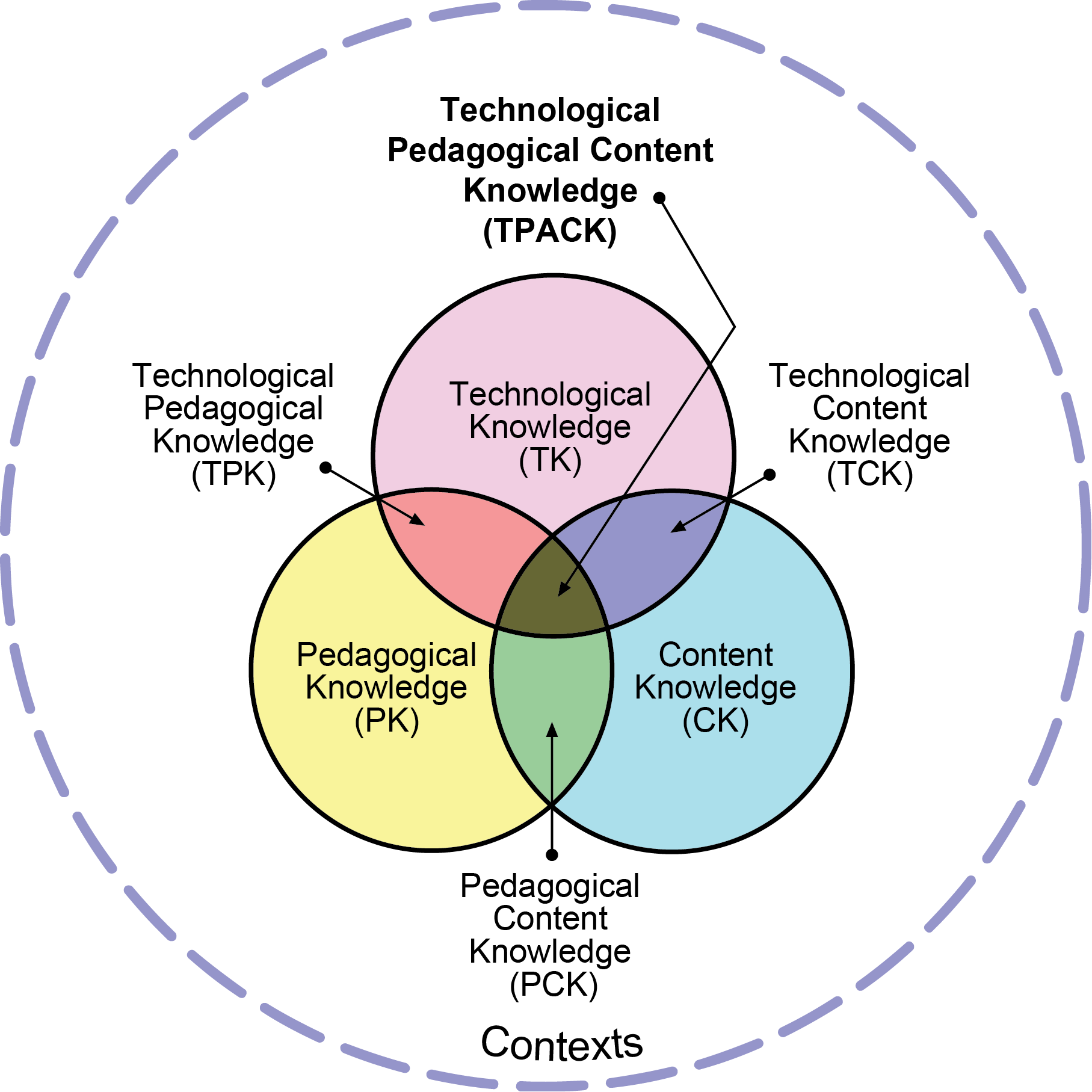Gamification in the Classroom
Here is a real situation from my lab (this happened just today):
I’m in my 200-level Cell Biology lab, trying to get my students to figure out how to do a particular (simple) calculation – I don’t want to just give them a formula to memorize (and forget on an exam). I want them to reason it out; to understand what they’re doing.
I already did a quick explanation and worked through an example, and they all claimed they understood it. So, I present another version of the question and ask them for their answers. I get silence.
A couple of the students are trying to figure it out on paper, one is looking for her calculator, the rest are clearly waiting for me to just give them the answer. I ask again. I get a couple of obvious random guesses. Not even close to the right answer.
I draw the starting point of the “hangman” game on my whiteboard. I hear a few giggles.
I tell them: “there are three digits in the answer. Can you tell me the third digit?”
I hear an answer. I draw the head. Laughter.
Another answer. I draw the body. More laughter.
I start hearing more answers guesses coming from more students. The Poor creature on the whiteboard is “dead”, but the class is engaged.
I revisit the earlier example, and give a little more guidance, then I start drawing the “gallows” again and say: “let’s try not to kill another one…” There is laughter, but there are also more calculators out and more pencils moving.
The first time I was exposed to the idea of education through games was in the form of the “Where in the World is Carmen Sandiego” game in the 1990s. And I was thrilled to find out that I could revisit the title when I worked on our group website dealing with the History of Educational Technology for ETEC 510 – I was able to give our visitors a chance to play this game on our website.
So, at some level, I always knew that making education enjoyable was the right approach, but I wasn’t familiar with the literature on (or even the word for) “gamification”. While I have, in the past, used “hangman” on the blackboard to ‘draw out’ my students and get them to more actively participate and propose answers to my questions, I hadn’t realized just how powerful this method could be in promoting learning, or that I could use technology for this (no programming skills required).
These days, I still rely on “hangman” to get gamification into my classroom on short notice. But, I also try to plan some gamification activities ahead of time in the form of Kahoots.
The first time I did a Kahoot quiz, my students enjoyed it so much, they ‘demanded’ to do it again as soon as it was over and I was happy to oblige. After the class, they requested more quizzes just like that one. That was the first time I had such an enthusiastic response to a learning activity (especially a quiz).
You can read all the literature you want, but there is nothing quite like a (suddenly) boisterous class, asking to do a quiz again, to make you realize just how powerful a tool gamification can be. This tool is likely to become a more common part of my teaching practice.






